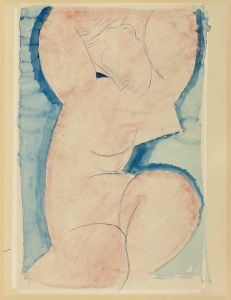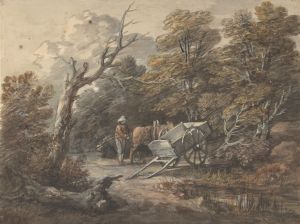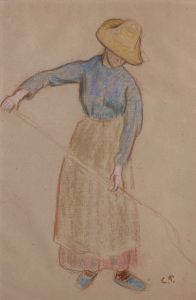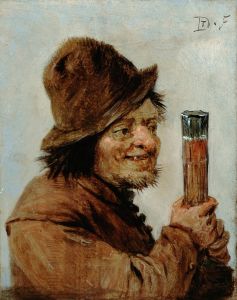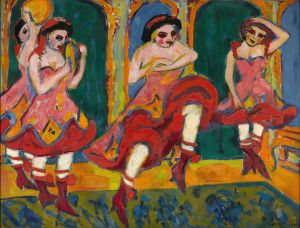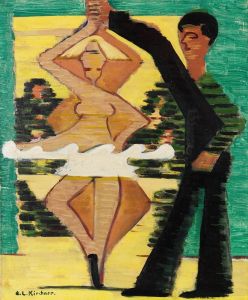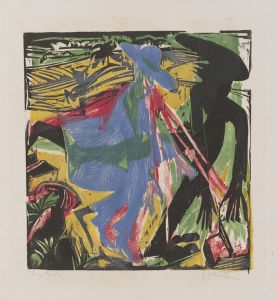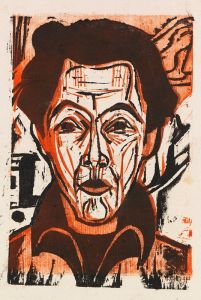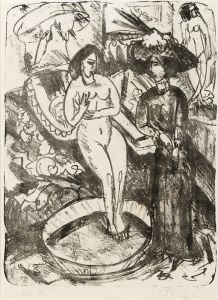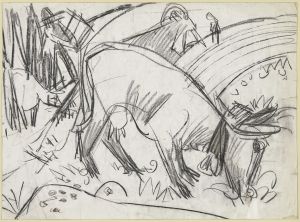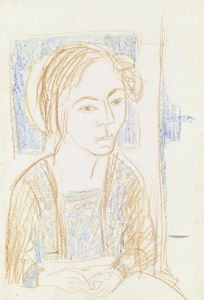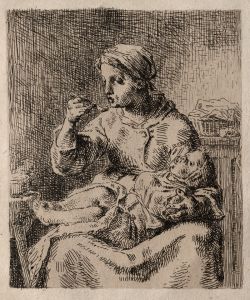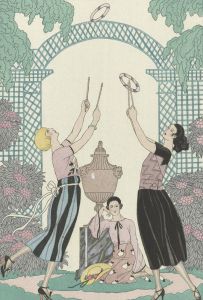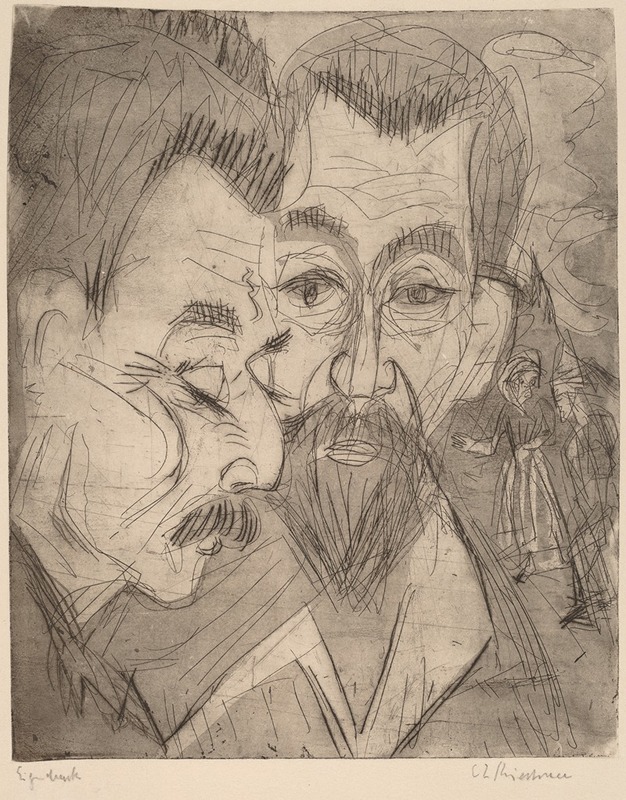
Two Peasant Heads
A hand-painted replica of Ernst Ludwig Kirchner’s masterpiece Two Peasant Heads, meticulously crafted by professional artists to capture the true essence of the original. Each piece is created with museum-quality canvas and rare mineral pigments, carefully painted by experienced artists with delicate brushstrokes and rich, layered colors to perfectly recreate the texture of the original artwork. Unlike machine-printed reproductions, this hand-painted version brings the painting to life, infused with the artist’s emotions and skill in every stroke. Whether for personal collection or home decoration, it instantly elevates the artistic atmosphere of any space.
Ernst Ludwig Kirchner, a prominent German expressionist painter and one of the founding members of the influential art group Die Brücke, created a diverse body of work that includes paintings, prints, and sculptures. Among his notable works is "Two Peasant Heads," which reflects his distinctive style characterized by bold colors, dynamic compositions, and expressive forms.
"Two Peasant Heads" exemplifies Kirchner's interest in capturing the raw and unfiltered essence of his subjects. Although specific details about this particular painting are limited, it is consistent with Kirchner's broader artistic themes and techniques. His work often depicted scenes of everyday life, focusing on the human figure and exploring the psychological depth of his subjects. Kirchner's style was heavily influenced by non-Western art, particularly African and Oceanic art, which he admired for its perceived authenticity and emotional power.
The painting likely features two peasant figures, rendered with Kirchner's characteristic use of exaggerated forms and vibrant colors. His approach to portraying peasants and other working-class individuals was part of a larger expressionist movement that sought to break away from traditional academic art and explore more subjective and emotional content. This movement was a reaction against the industrialization and modernization of society, aiming to reconnect with more primal and instinctual aspects of human experience.
Kirchner's work, including "Two Peasant Heads," often reflects his fascination with the tension between urban and rural life. While he spent much of his career in cities like Dresden and Berlin, he frequently retreated to the countryside, where he found inspiration in the simplicity and authenticity of rural life. This duality is a recurring theme in his art, as he juxtaposed the frenetic energy of city life with the tranquility and rootedness of rural existence.
Throughout his career, Kirchner faced numerous personal and professional challenges, including struggles with mental health and the impact of World War I. Despite these difficulties, he remained a prolific artist, continuously evolving his style and exploring new themes. His work was later condemned by the Nazi regime as "degenerate art," leading to the removal of many of his pieces from German museums. However, Kirchner's legacy endured, and he is now celebrated as a key figure in the development of modern art.
"Two Peasant Heads" is a testament to Kirchner's ability to convey deep emotion and psychological complexity through his art. While specific information about this painting may be scarce, it remains an integral part of his oeuvre, illustrating his commitment to capturing the human condition in its most unguarded and expressive forms. Kirchner's influence continues to be felt in the art world, as his innovative techniques and bold vision paved the way for future generations of artists seeking to push the boundaries of expression and representation.





